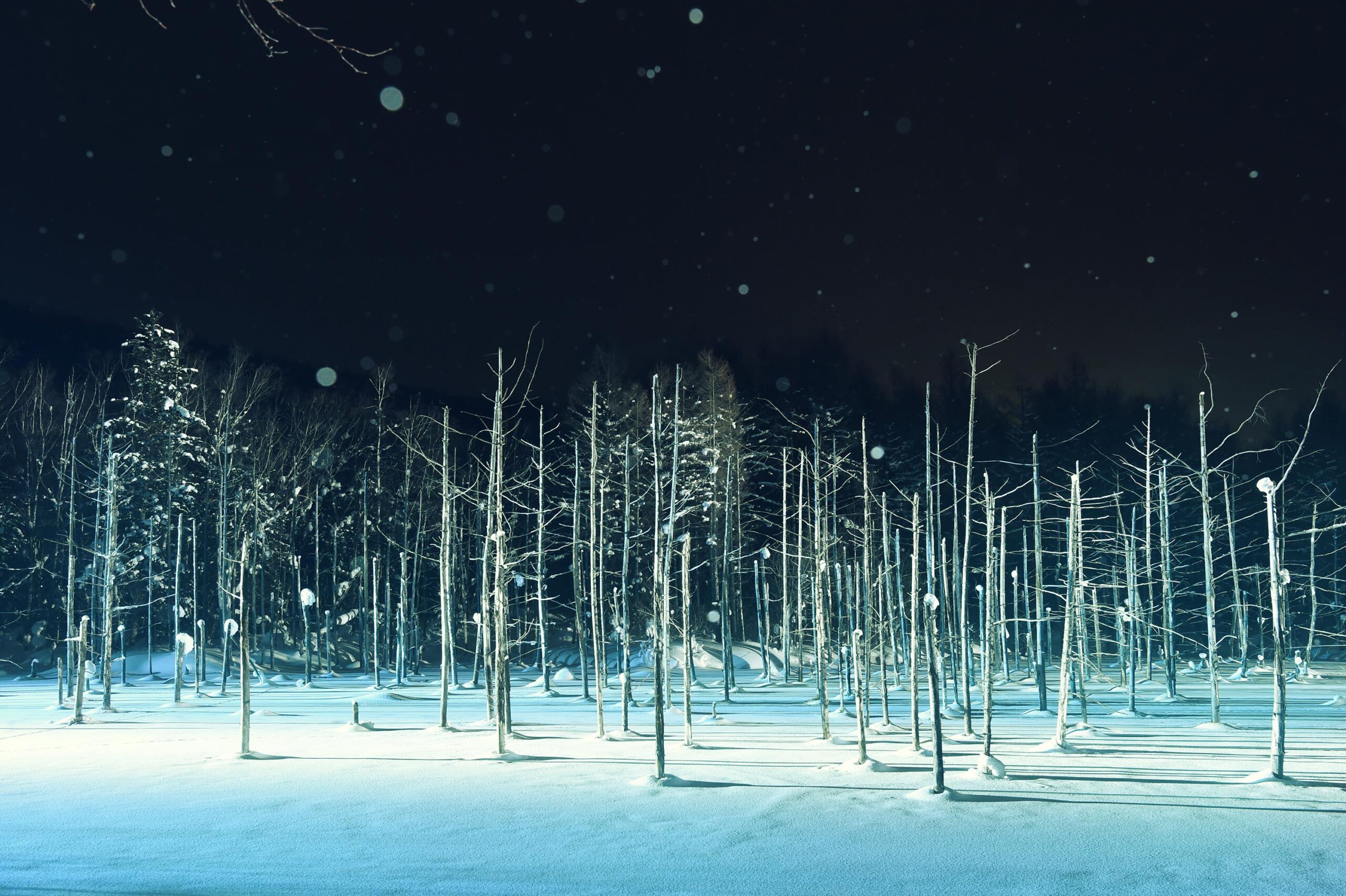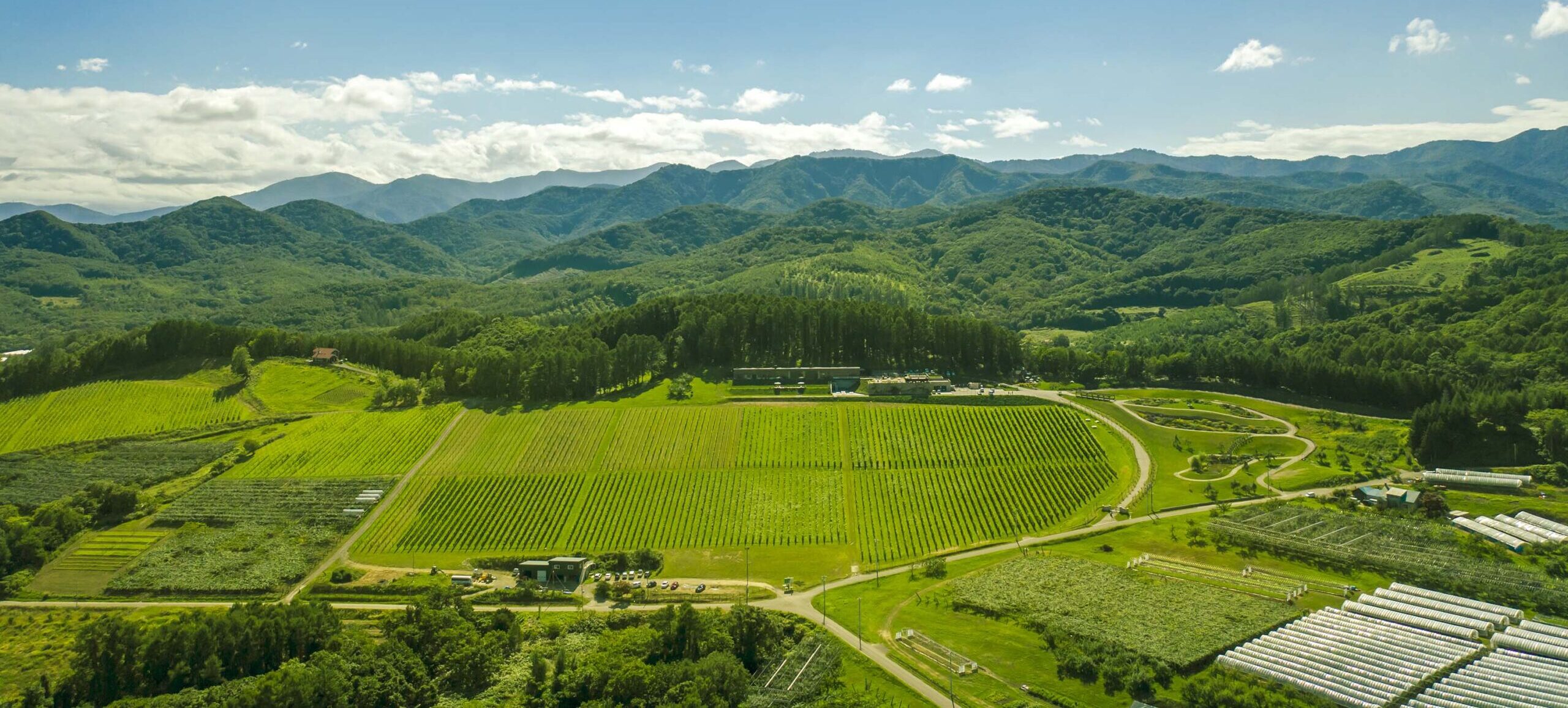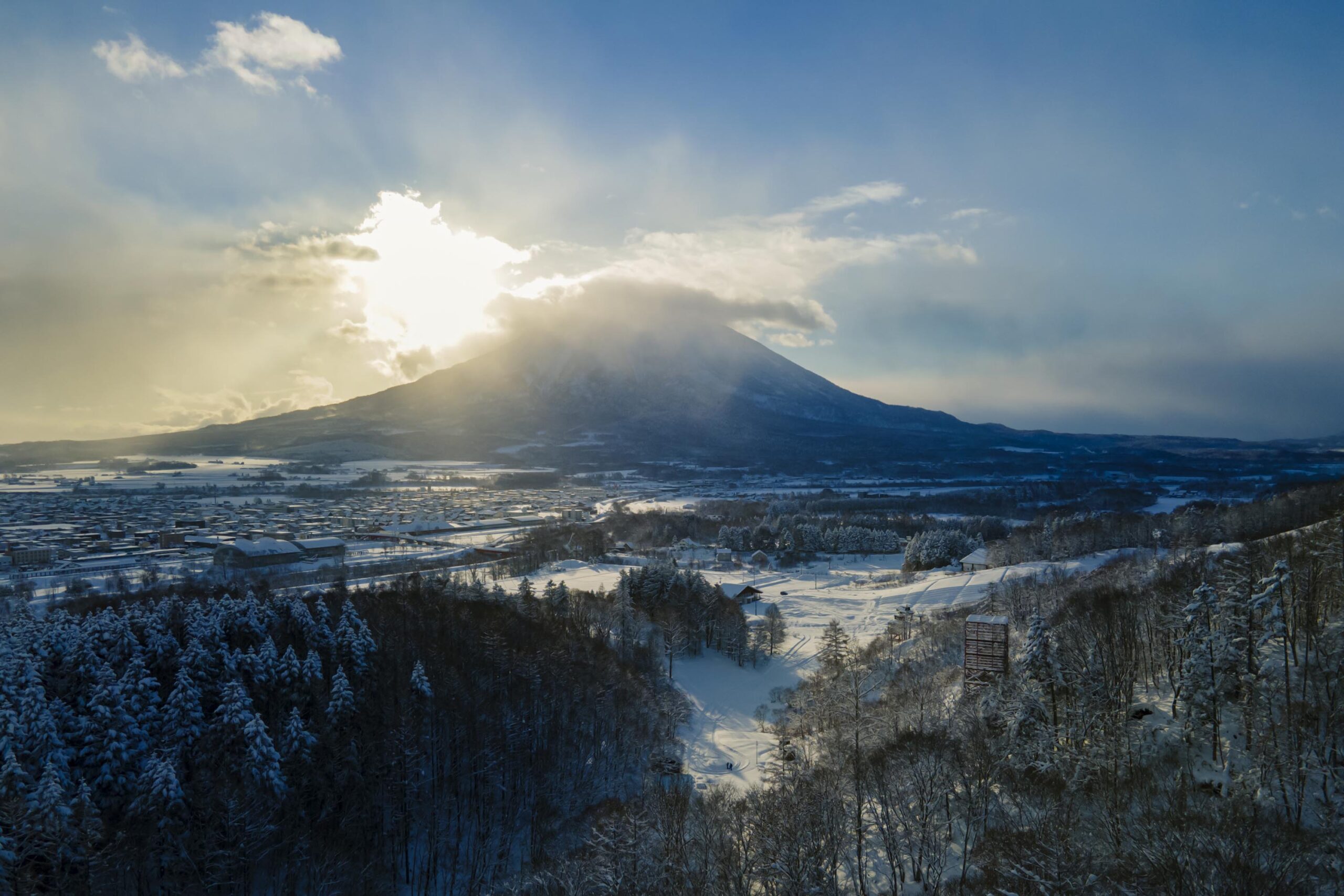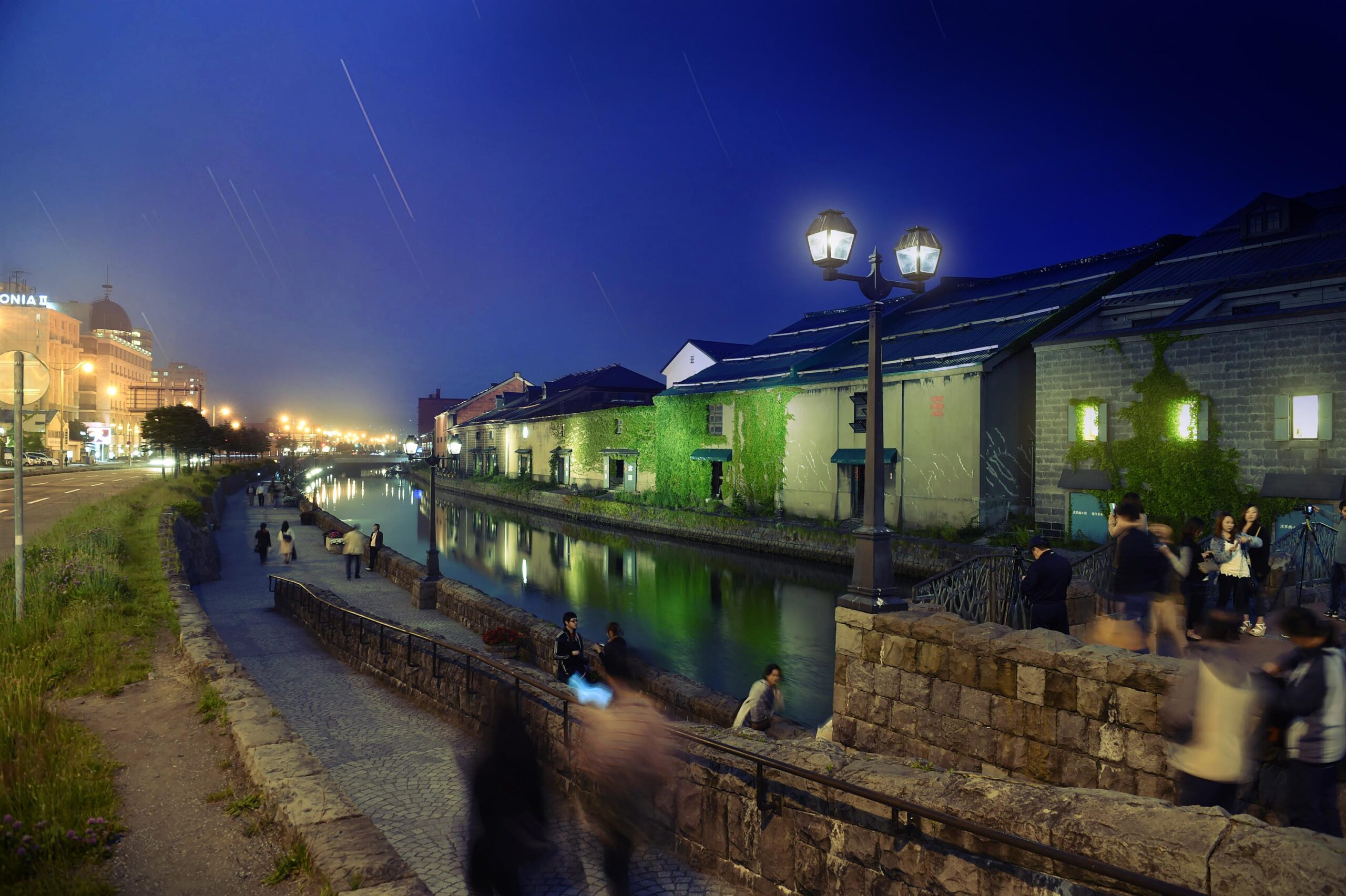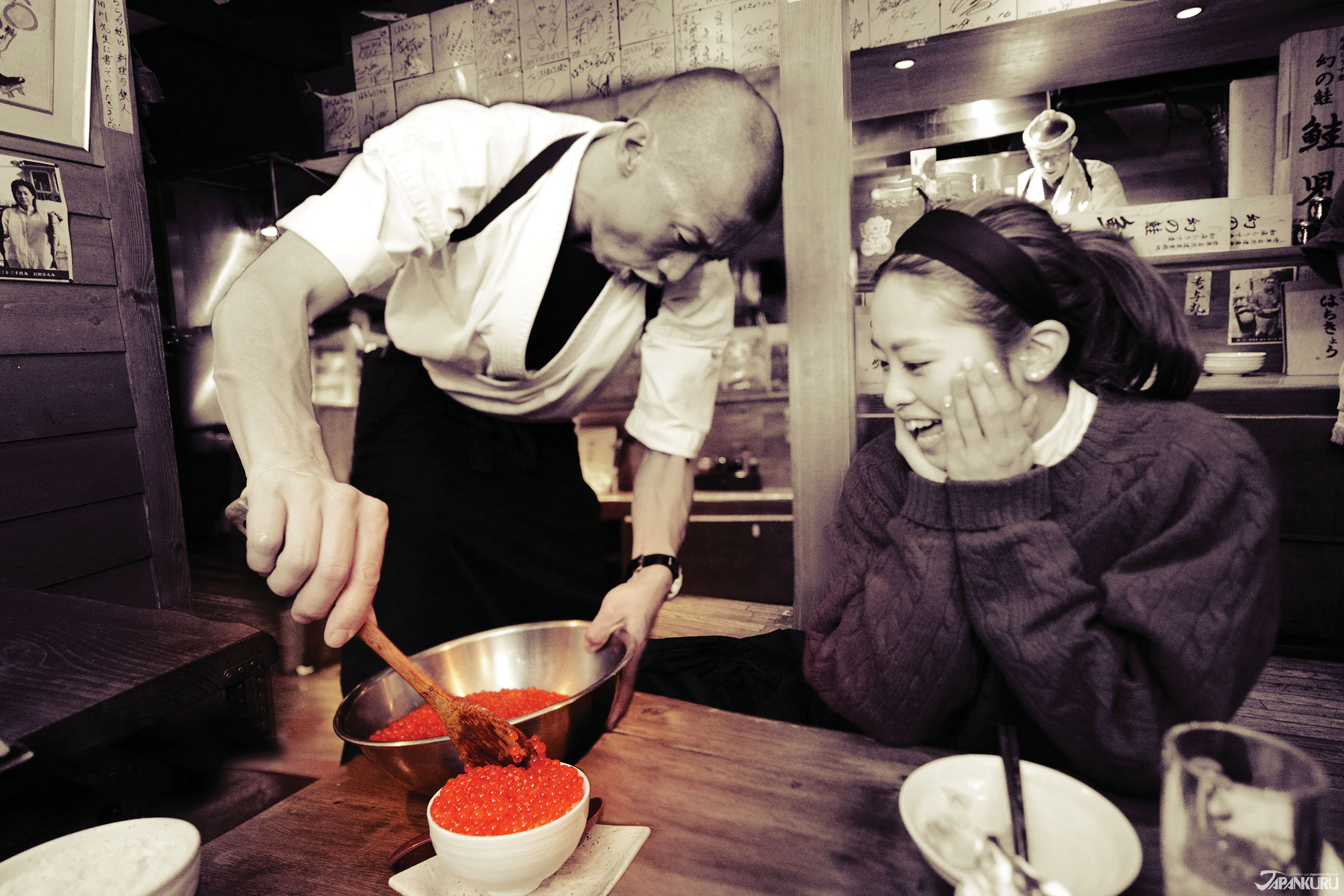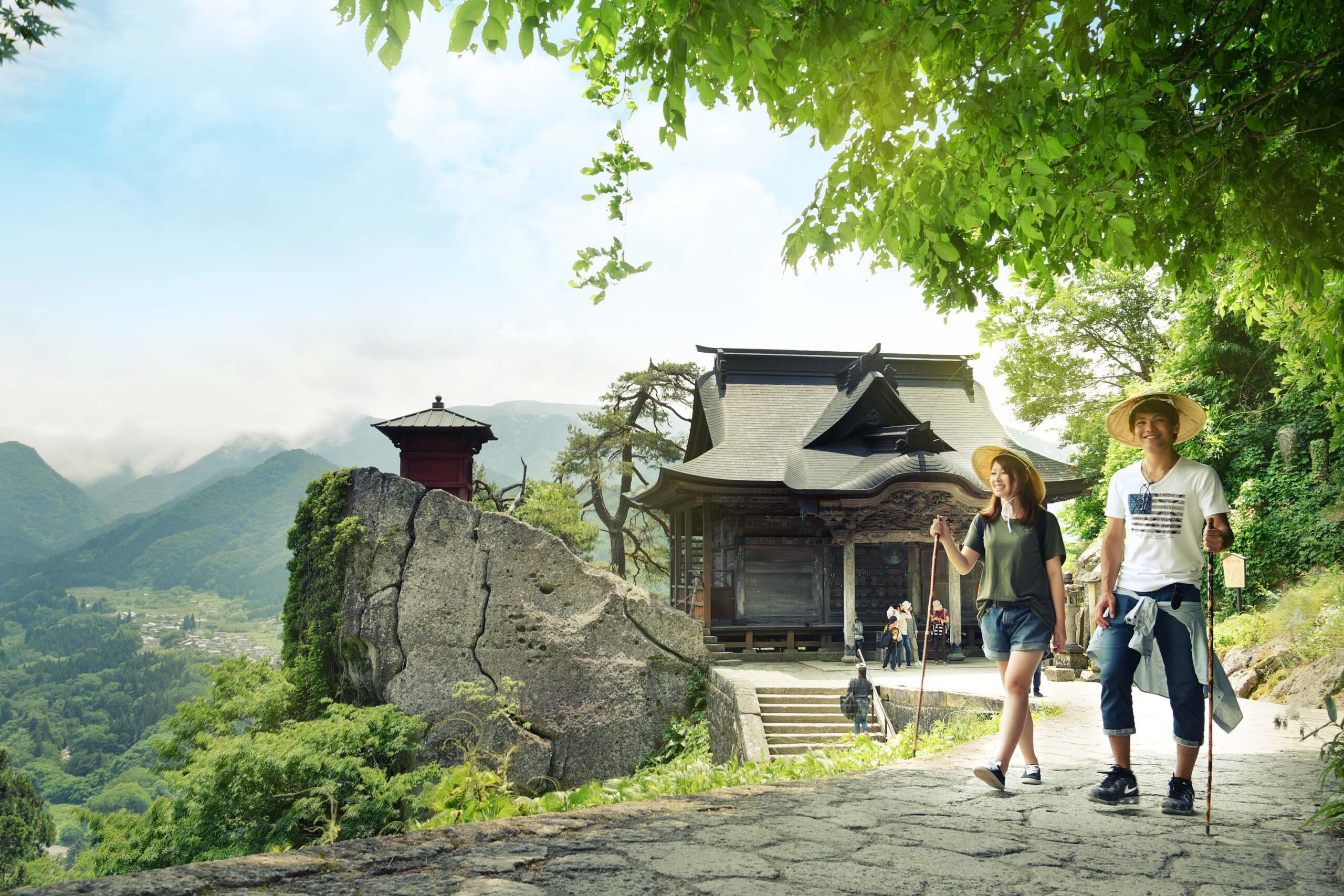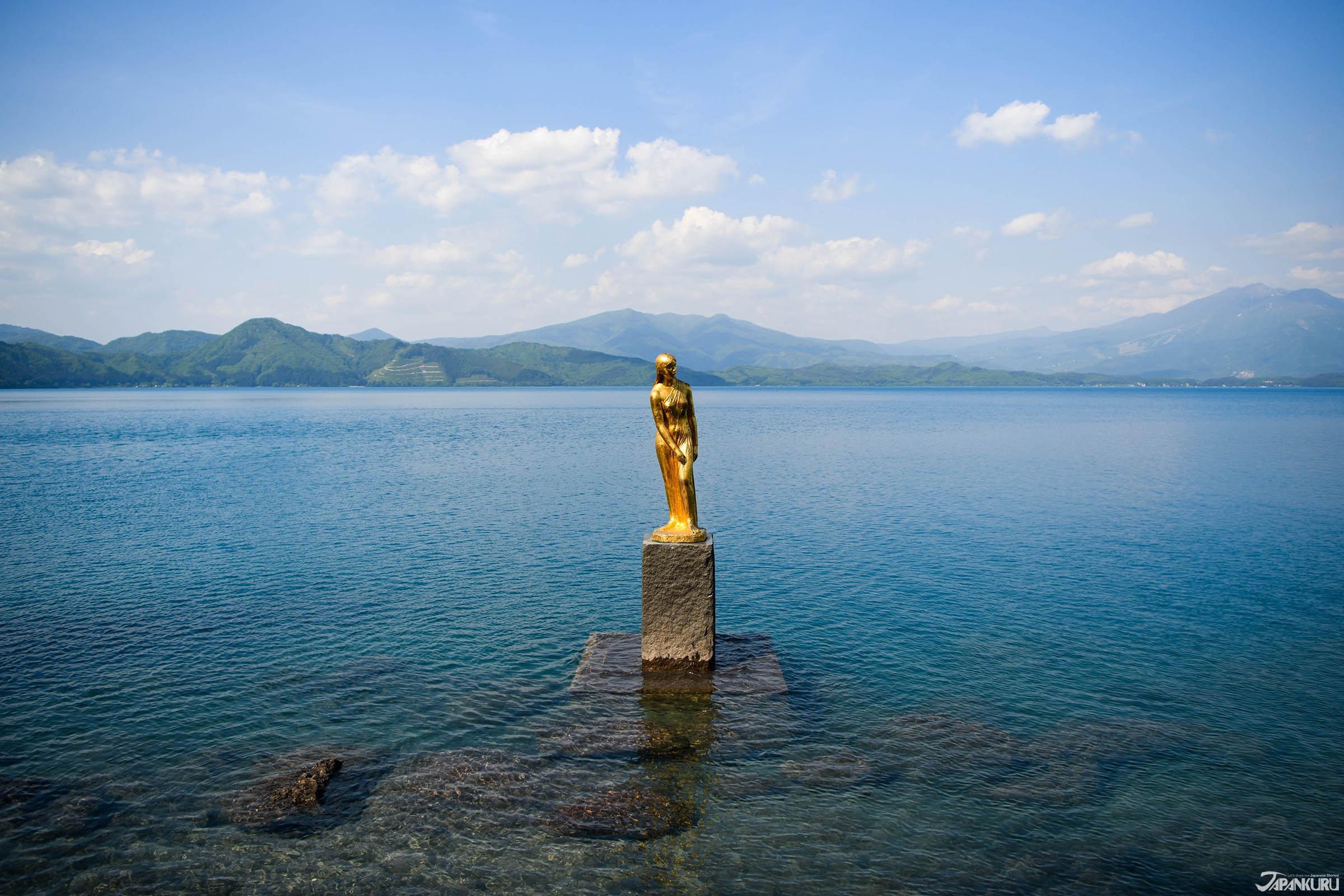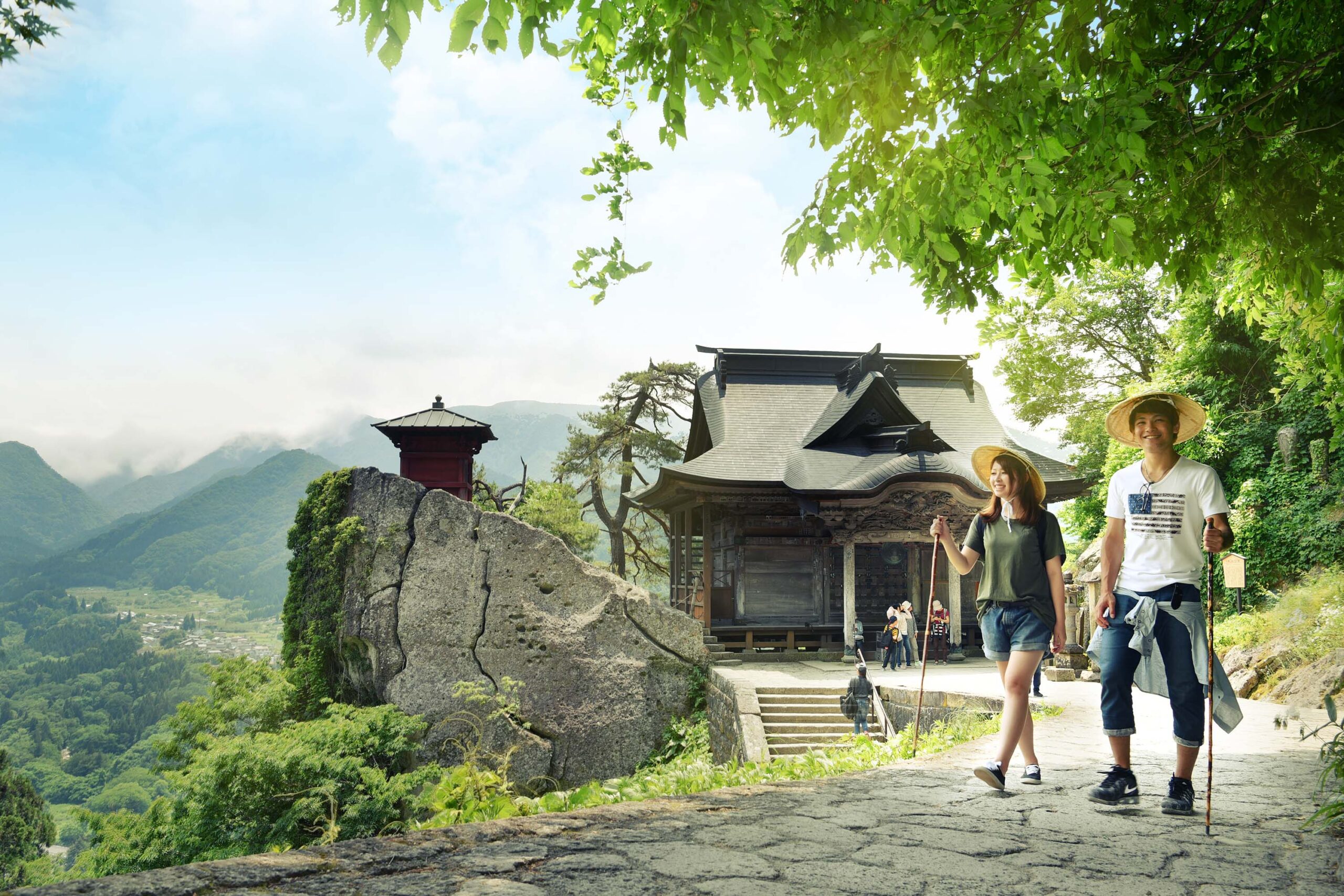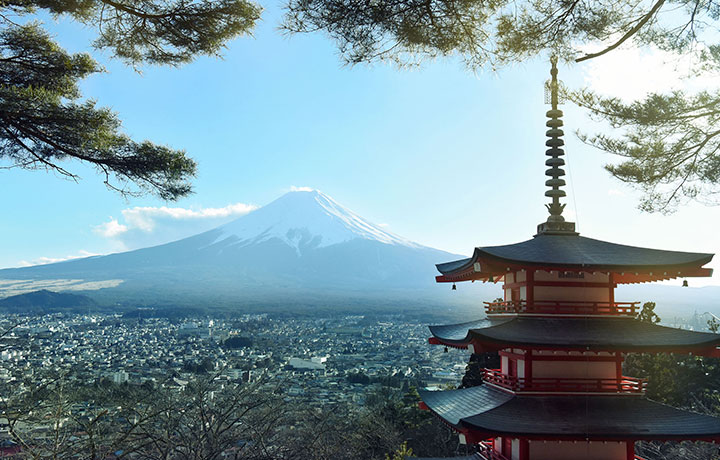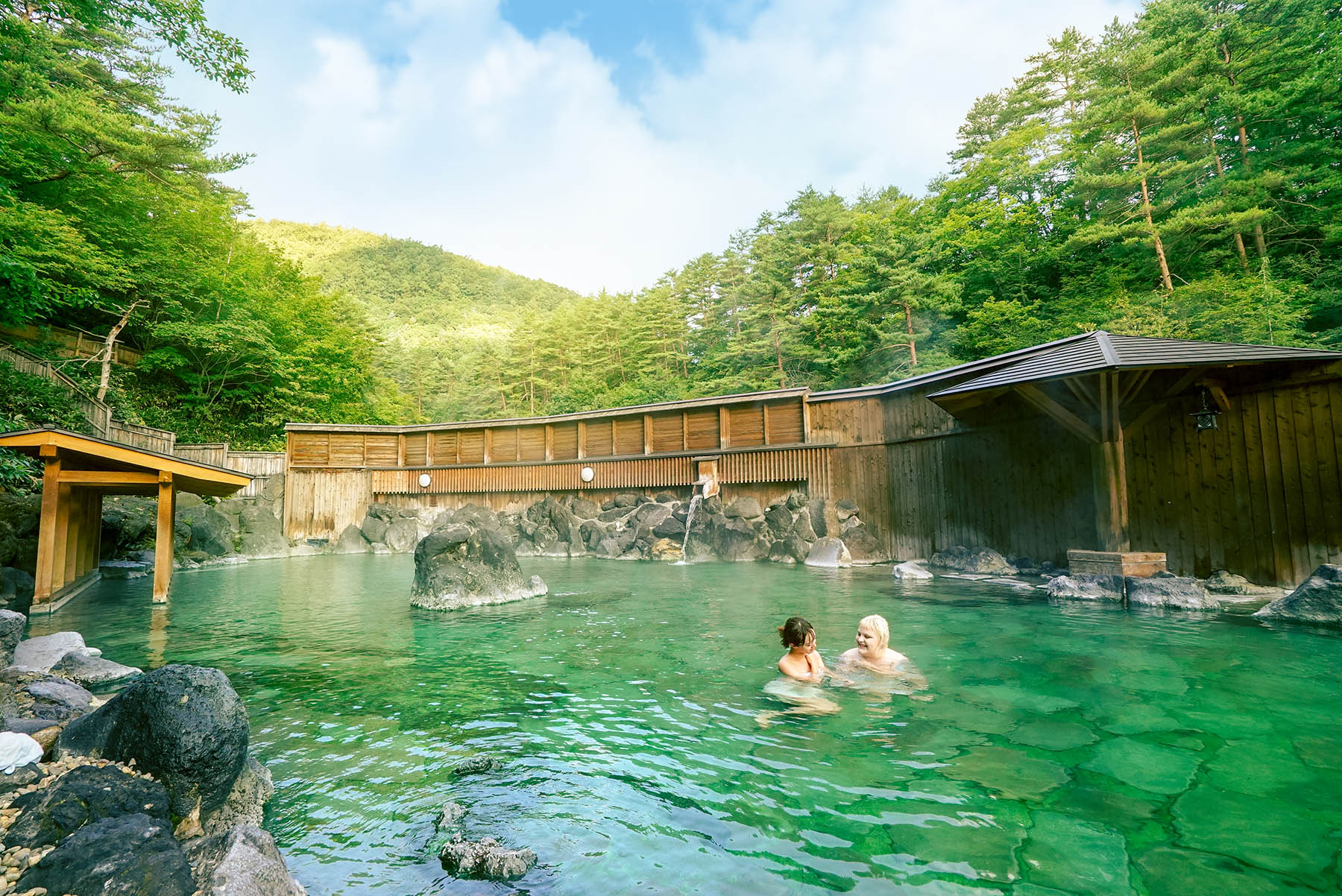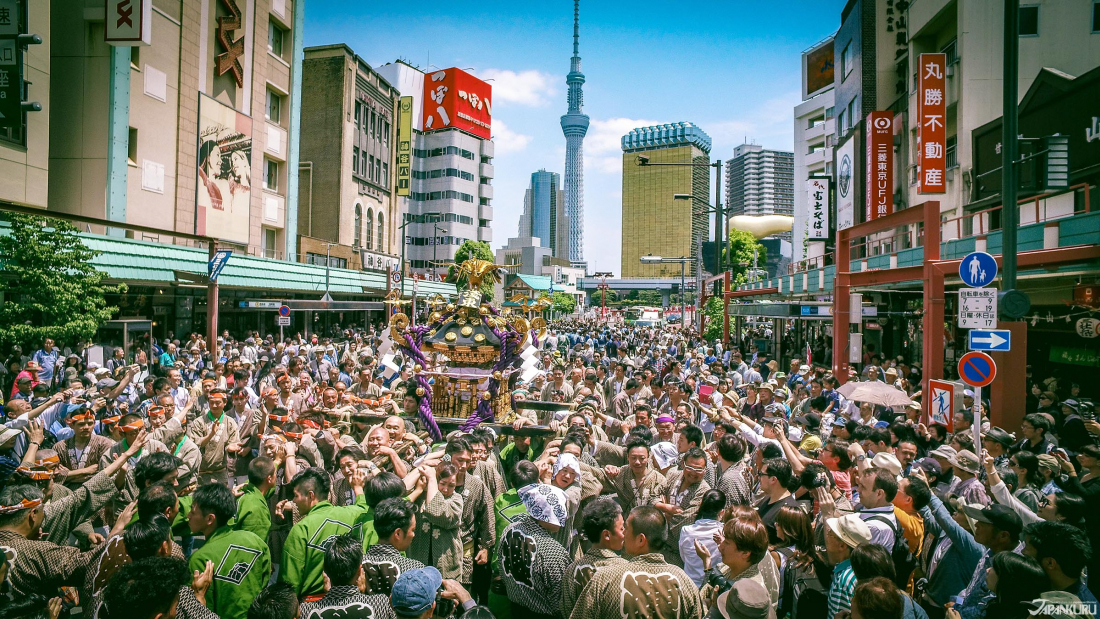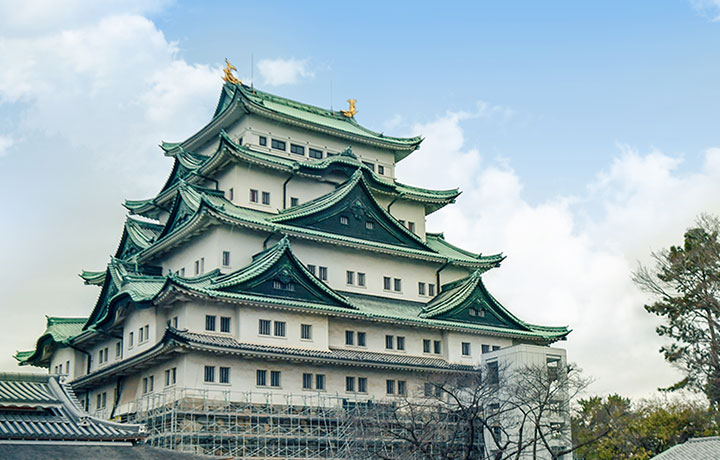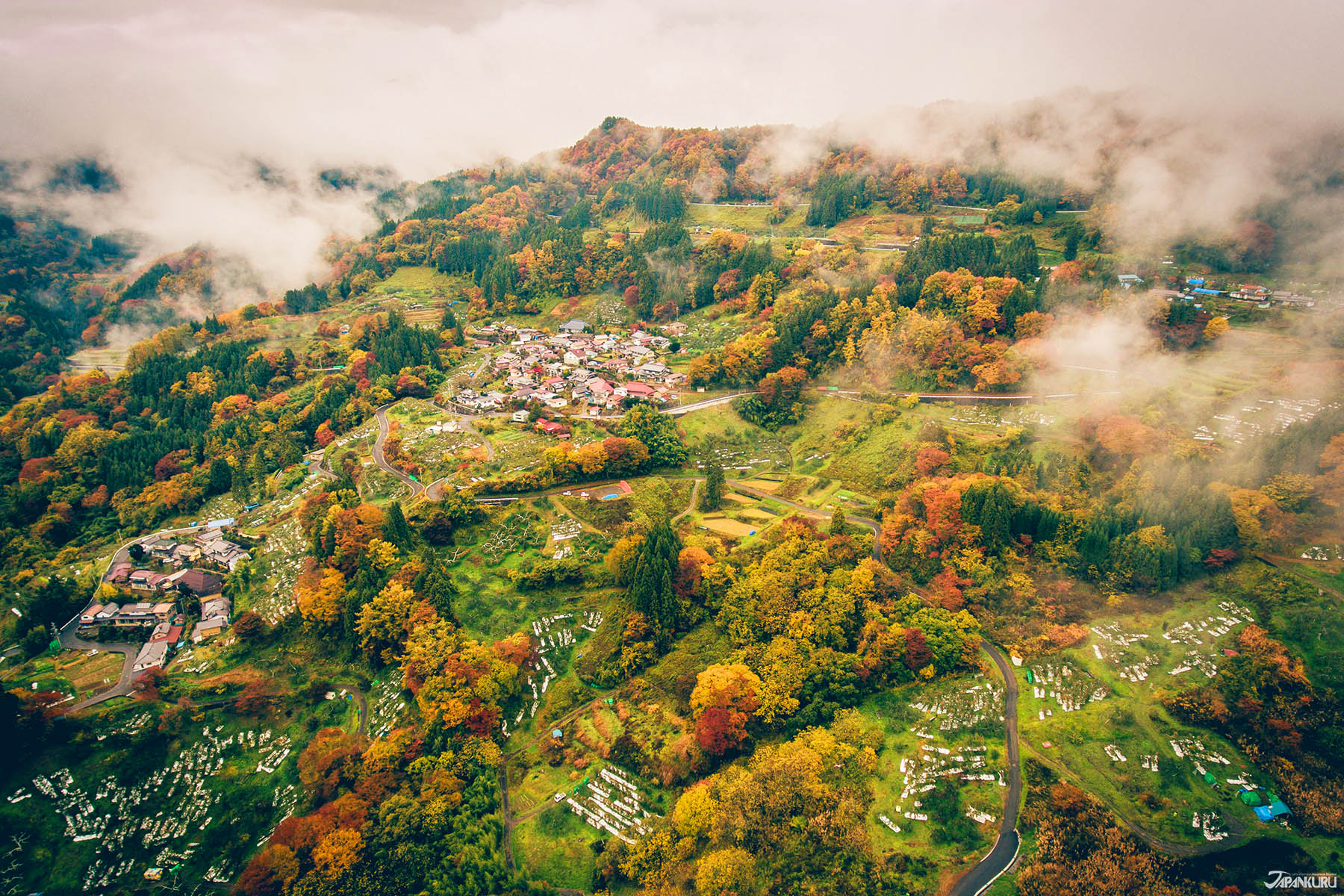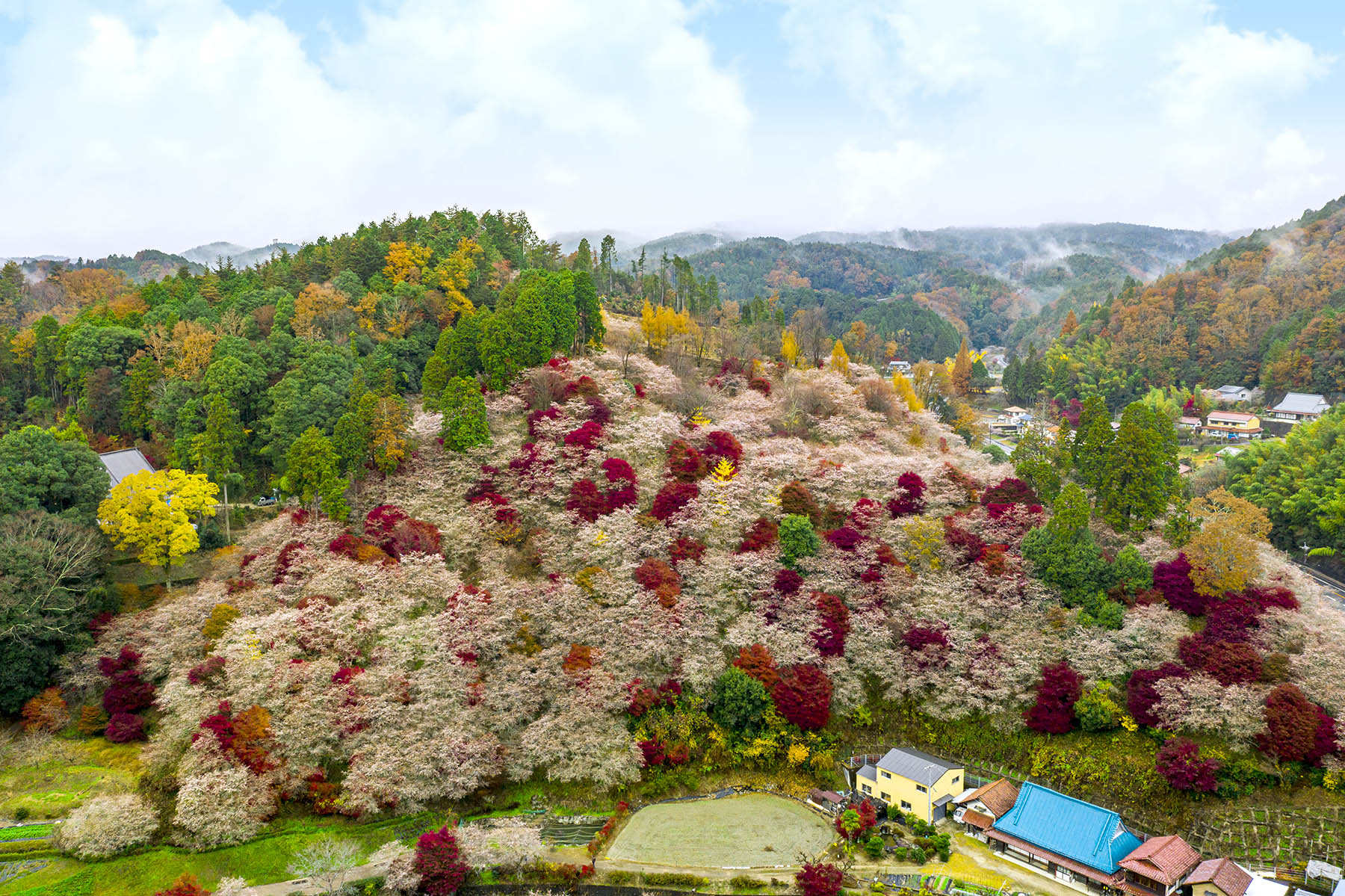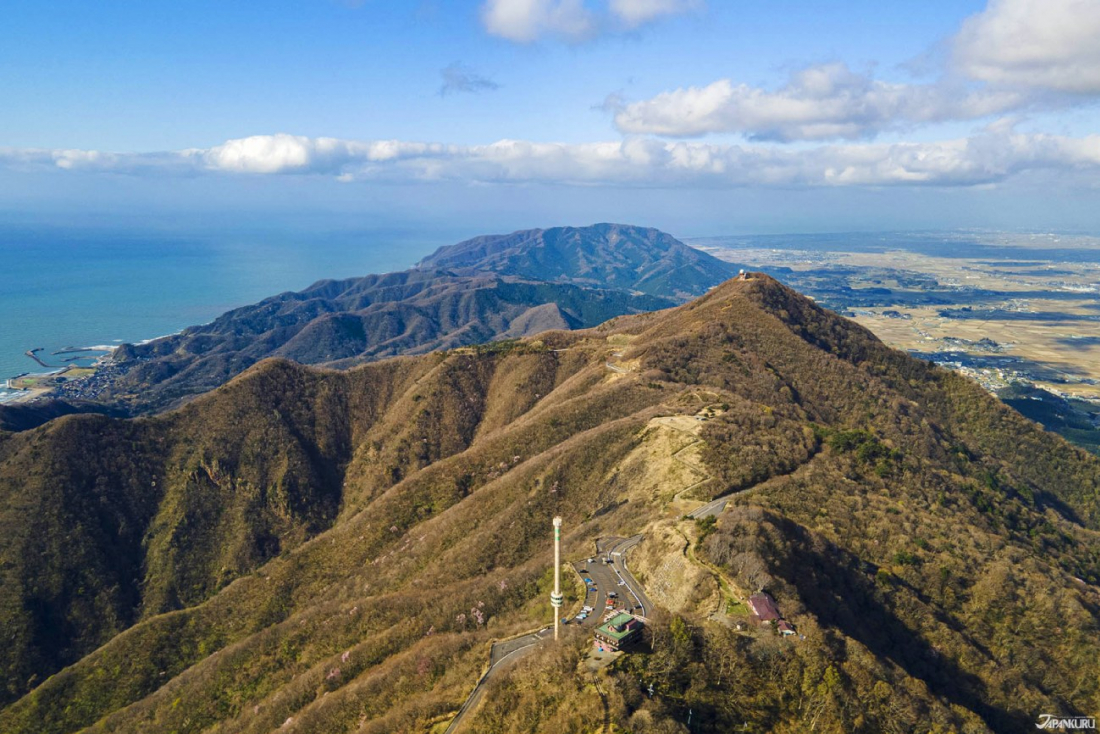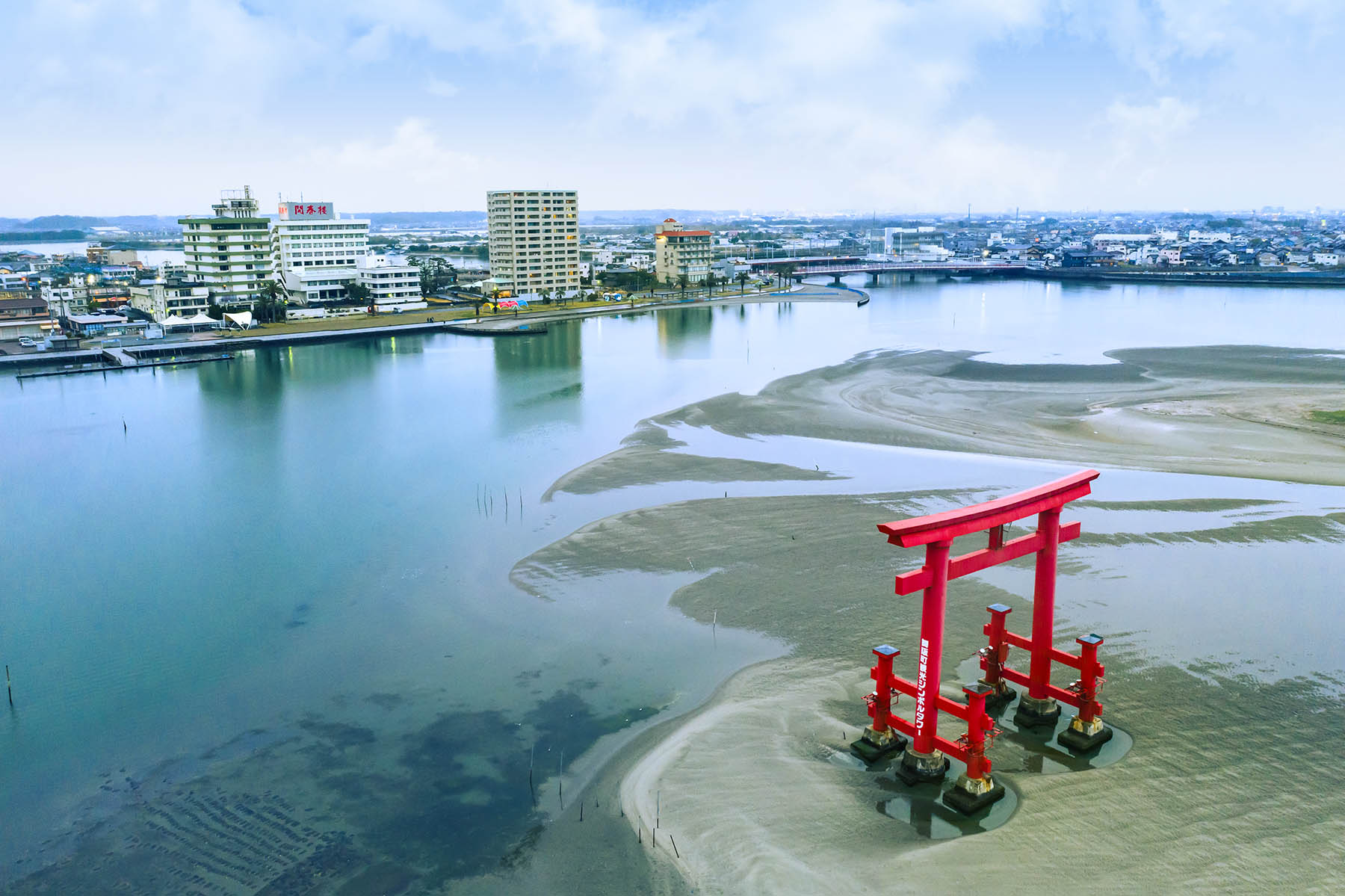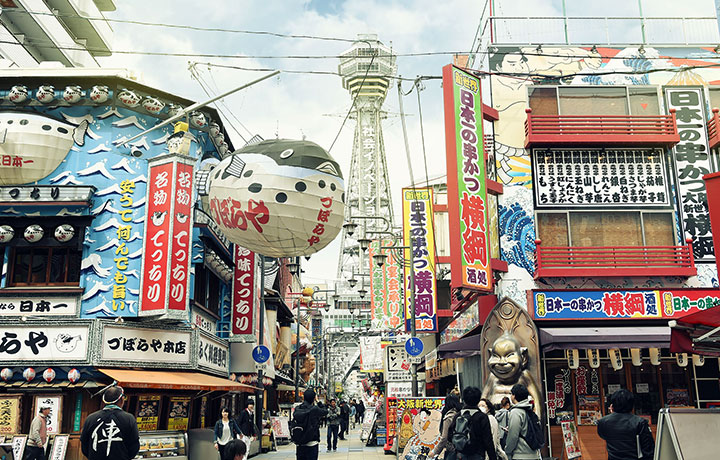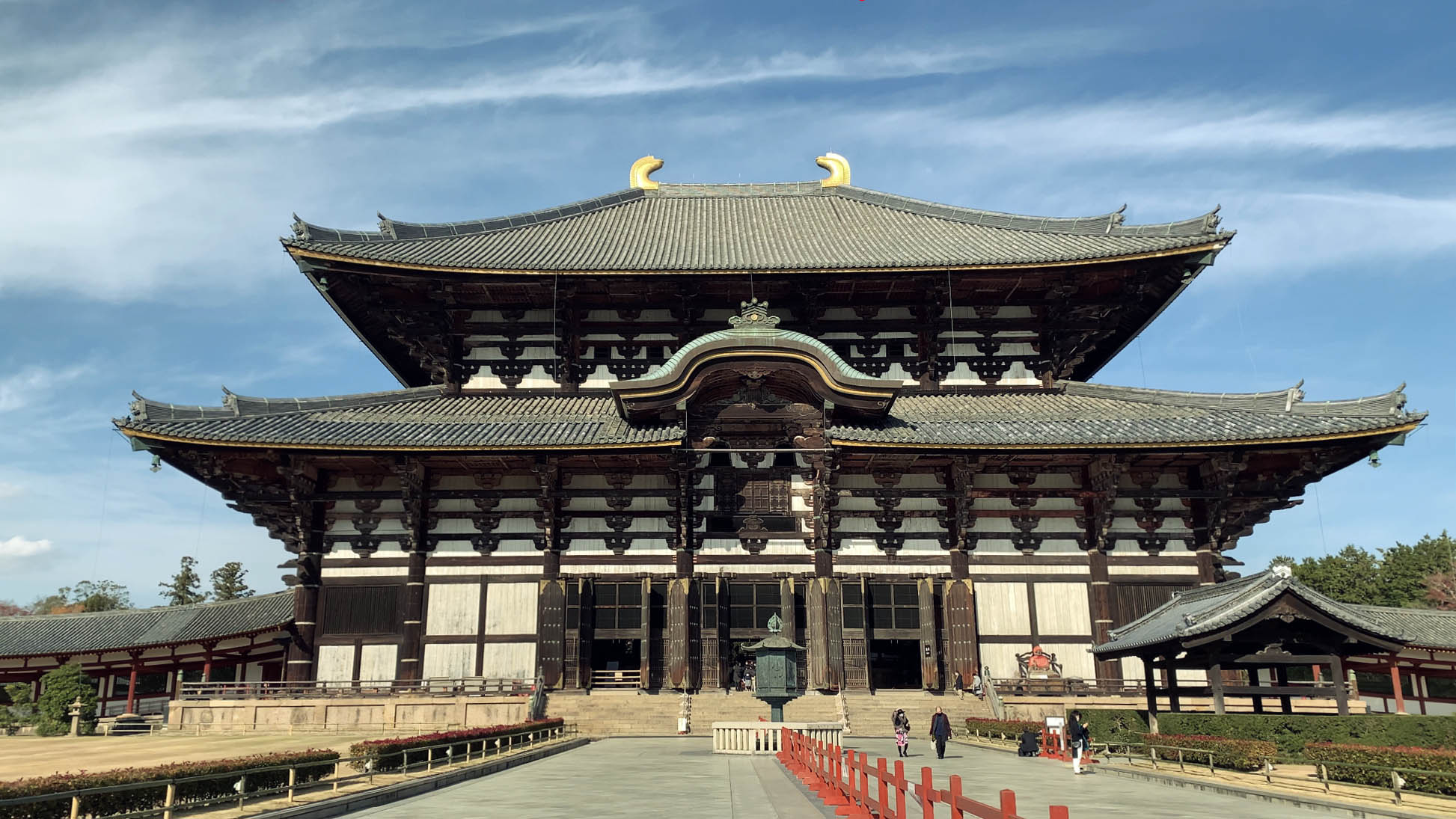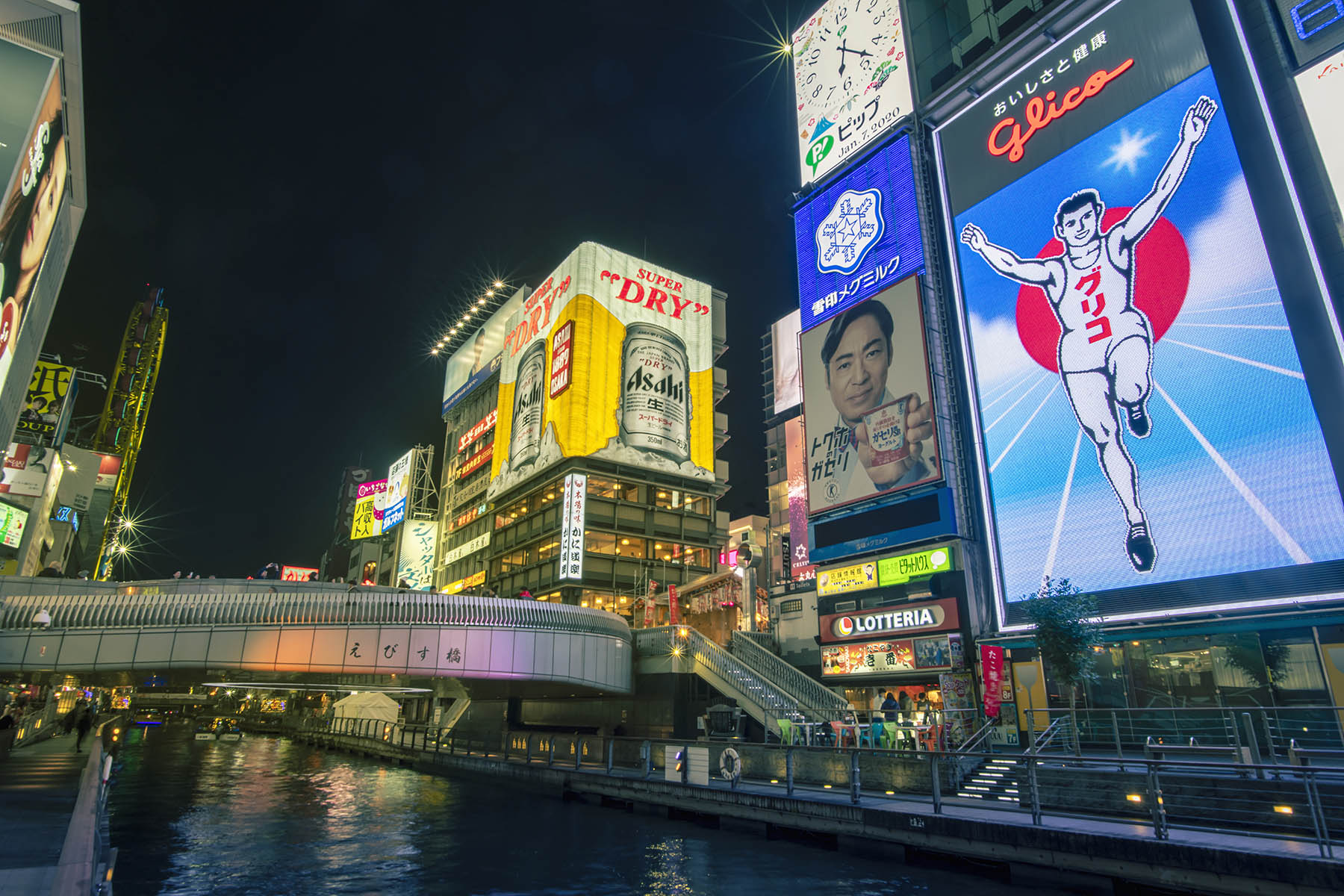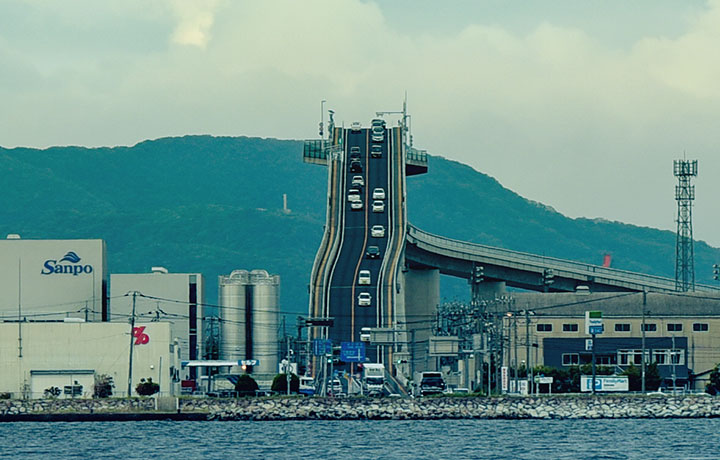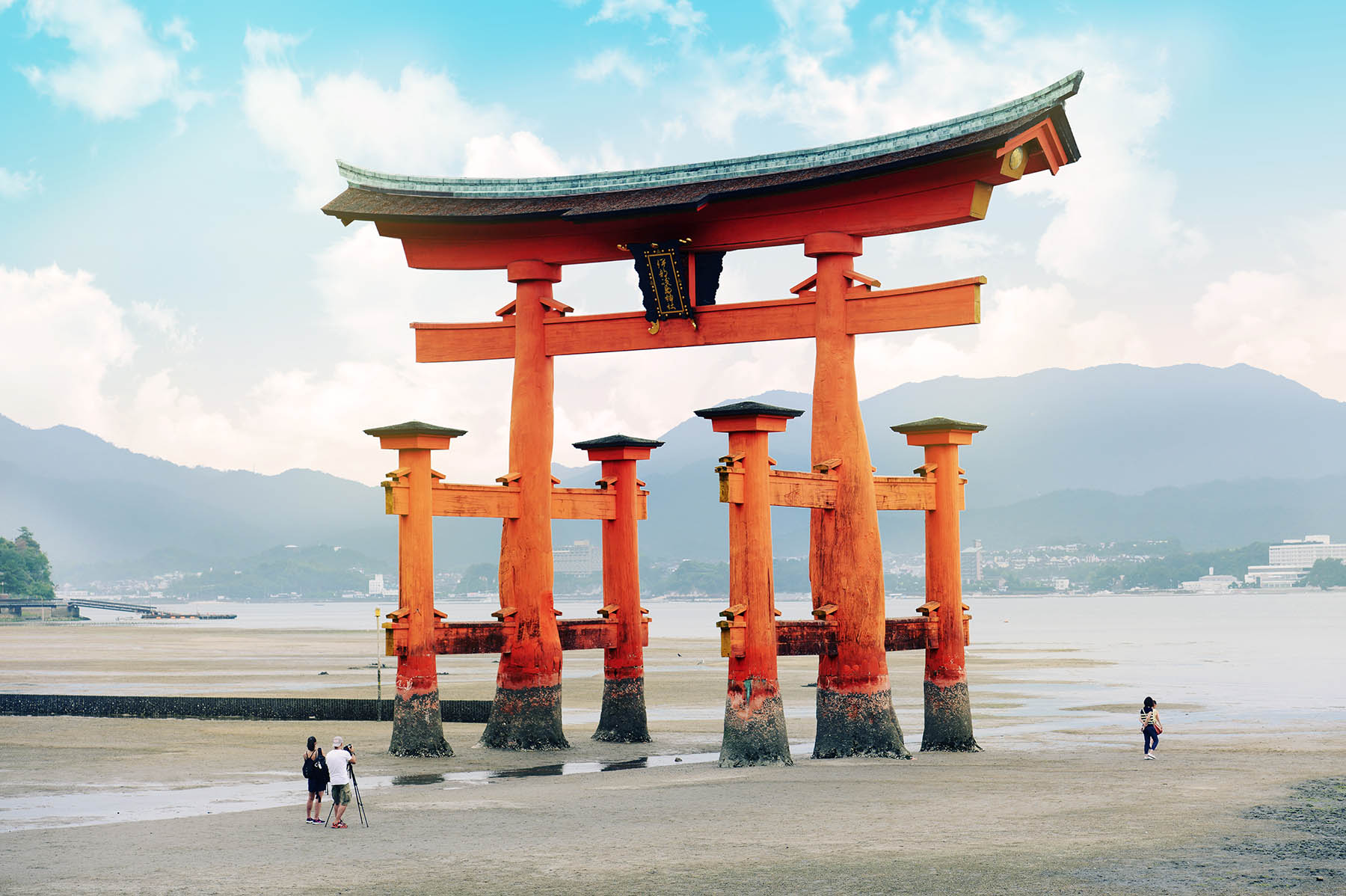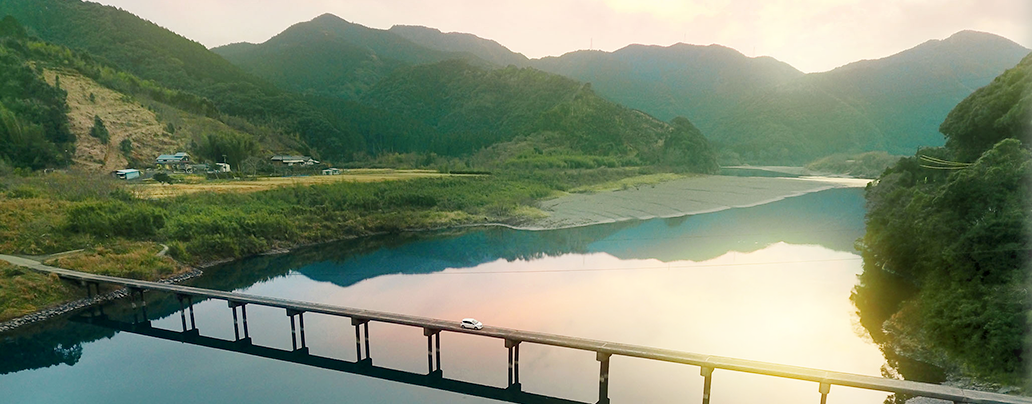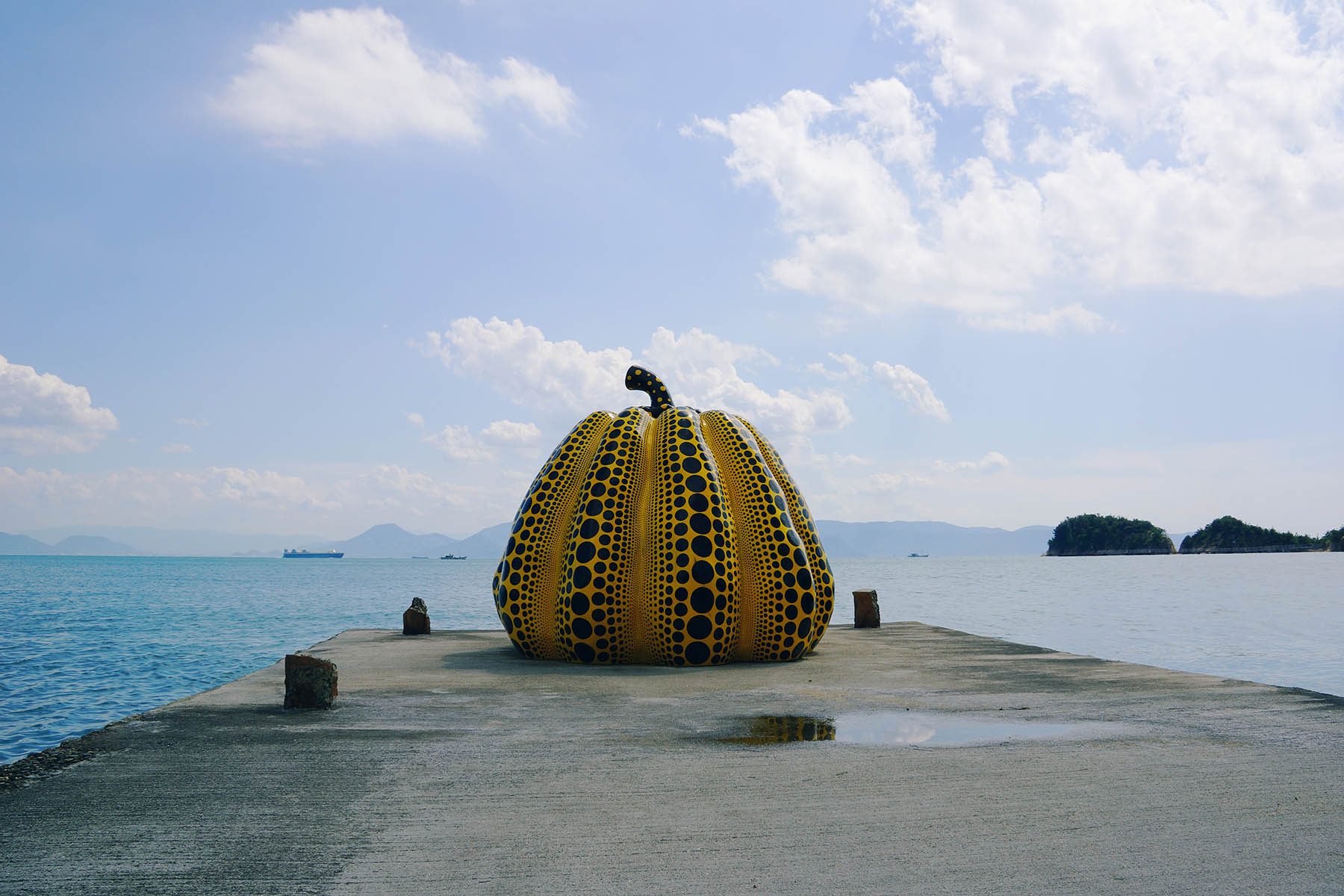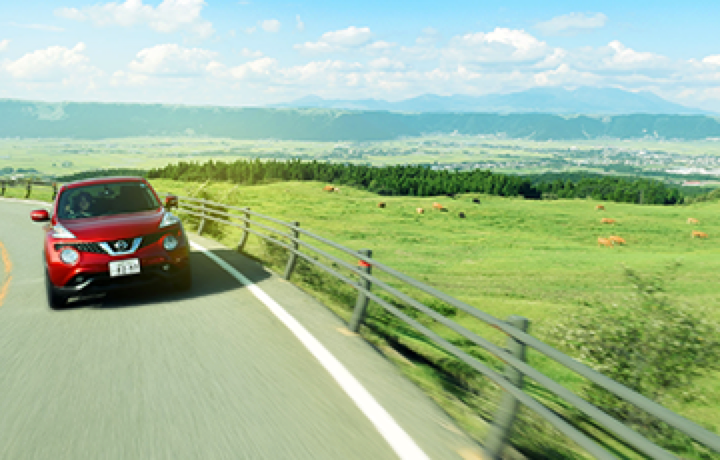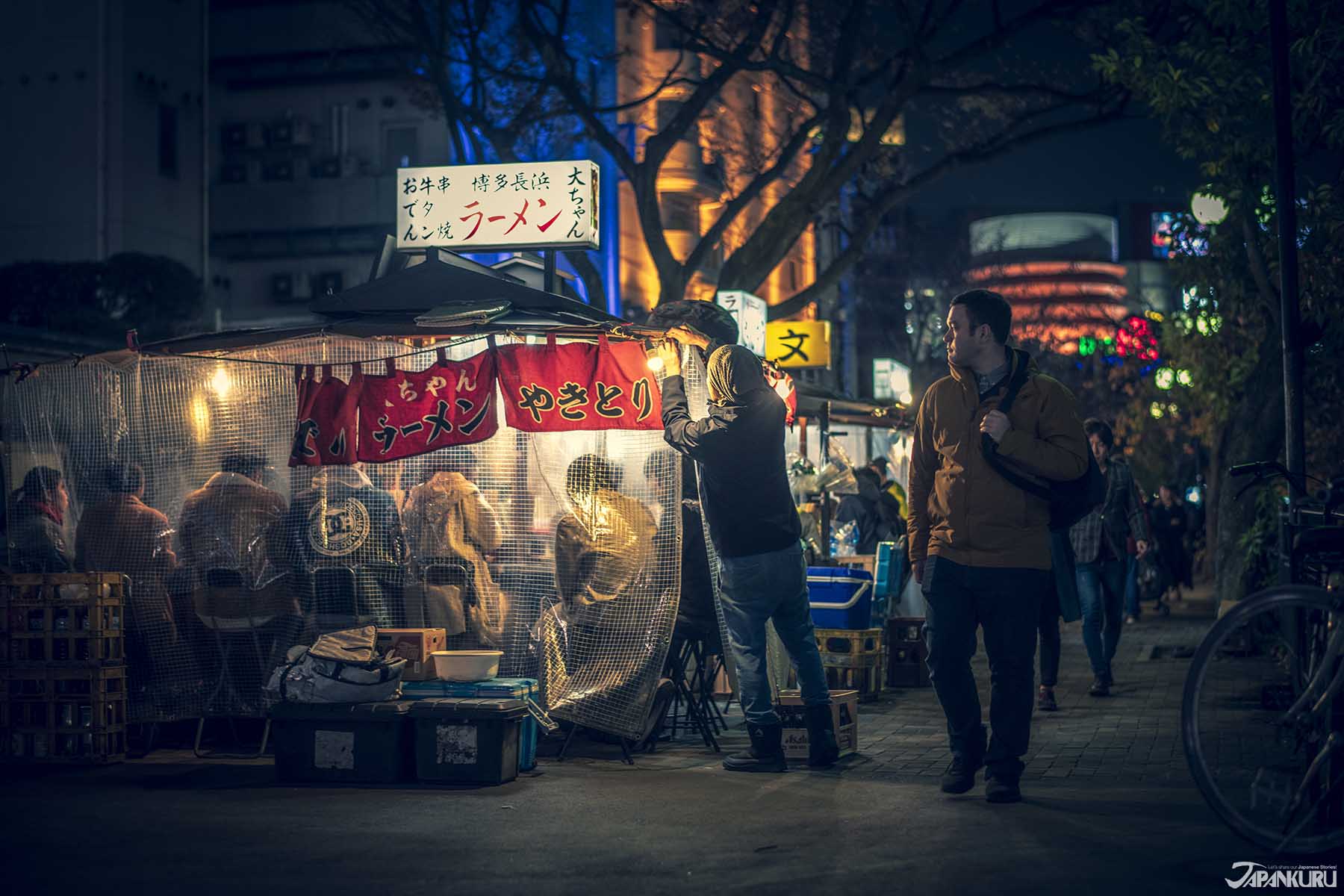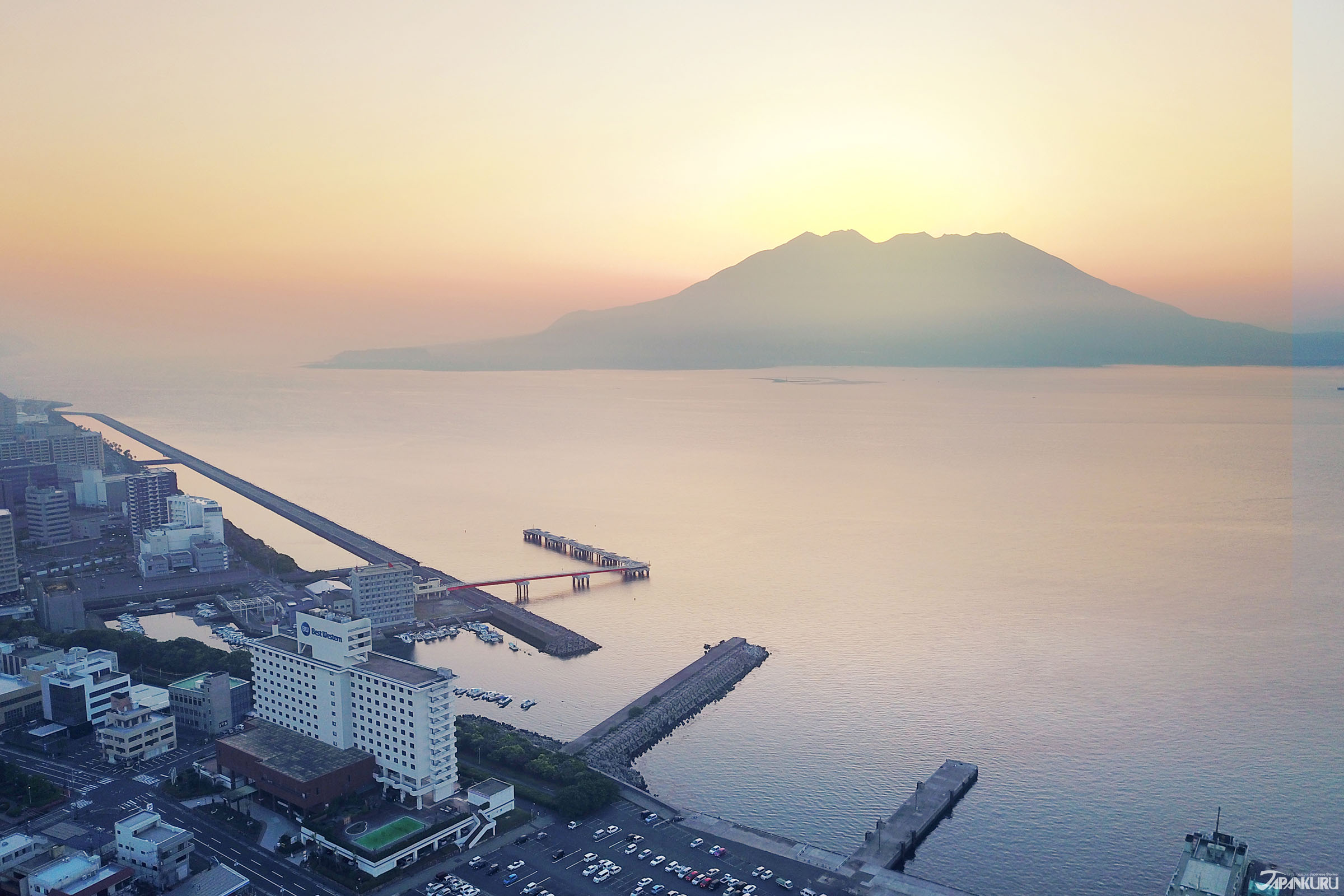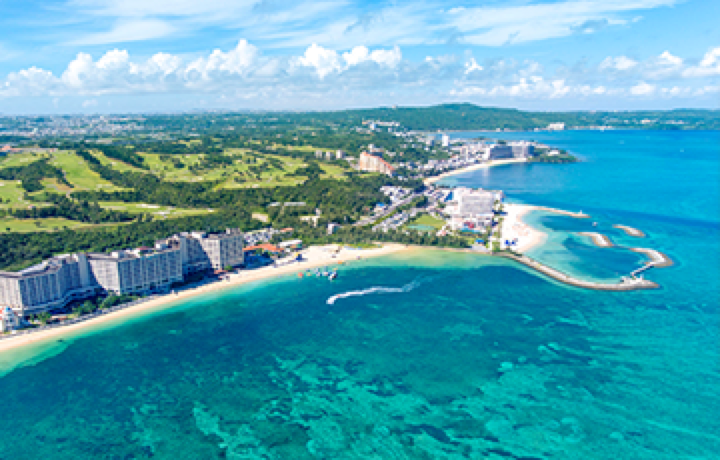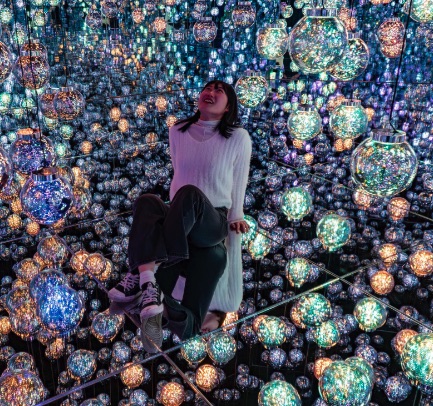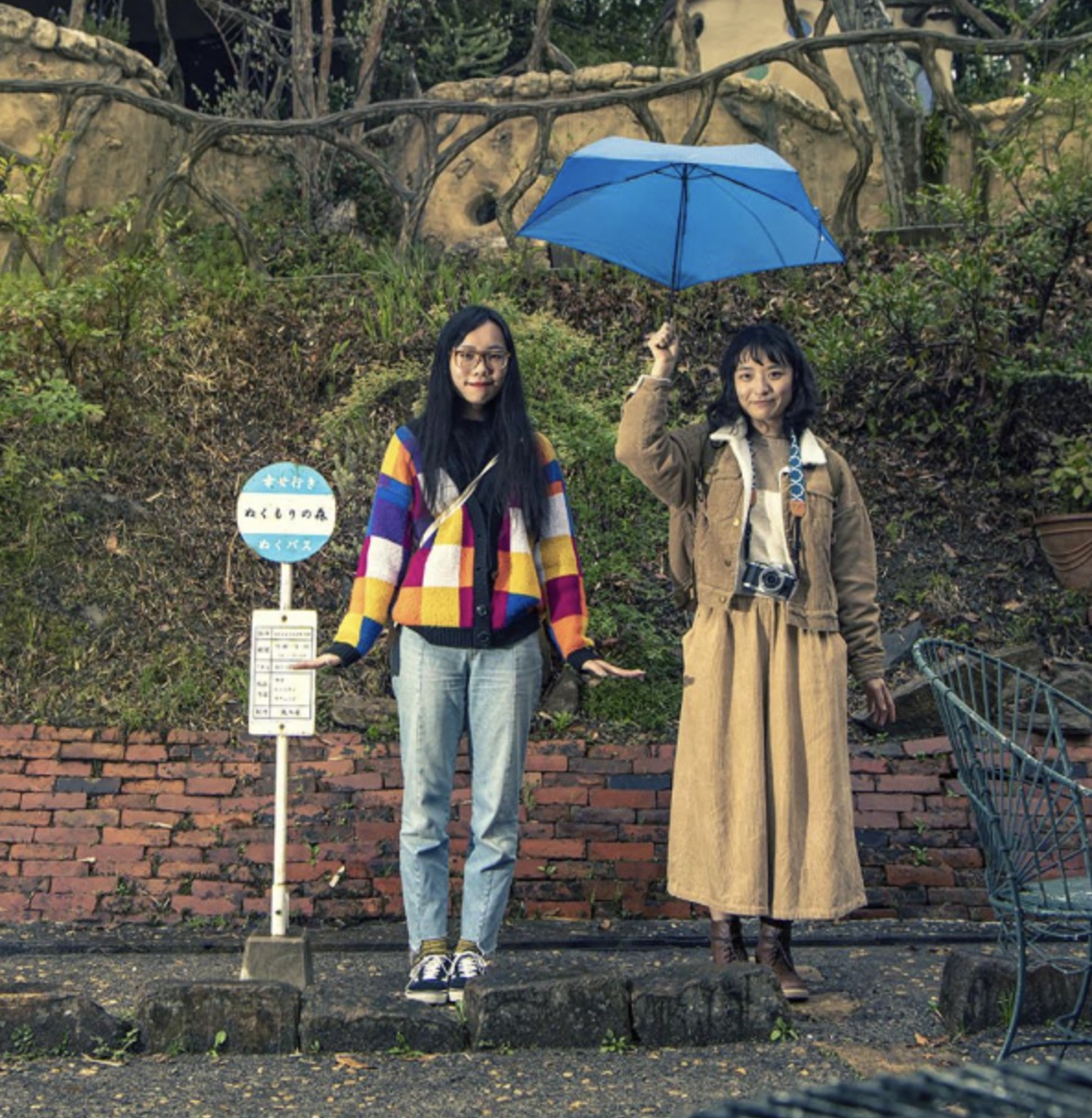
CONTENTS
The Three Top Hot Springs (Onsen) in Japan
Japan has many great and famous hot springs (onsen), but there are 3 that really stand out and are well known throughout the country. Arima Onsen in Hyogo Prefecture, Gero Onsen in Gifu Prefecture, and Kusatsu Onsen in Gunma Prefecture. All three have been around for centuries and have their own healing powers. Out of those three the hot spring to be voted as #1 just so happens to be close to Tokyo. The water at Kusatsu Onsen is heated by an active volcano and contains antibacterial components and even treats many skin and body diseases. Rather than being clear, the water has a greenish foggy tent to it. Along Yubatake, "yunohana" (湯の花) meaning "hot spring flowers" form. They are crystalline compounds created by the hot springs when the minerals dry and become crystal shapes. Kusatsu Onsen is very renowned for the high quality of their yunohana, making them one of the top souvenirs of the area. You can buy the powdered form and use it as bath salt.
Tattoo Friendly Hot Spring in Kusatsu Onsen – Kusatsu Hot Spring Hotel Takamatsu
Everyone who likes to travel to Japan is inspired by Japanese culture. Through animation, Japanese TV series or variety shows, we are no strangers to Japanese traditional inns, ryokans. There are three main ways you can get to Kusatsu. You can drive directly to the Takamatsu Hotel, take a train to JR Naganohara Kusatsuguchi Station then hop on a bus (roughly 3hrs total), or a train to Karuizawa and take their direct bus to Kusatsu (less than 2hr 30min from Ueno Station). Once you arrive at Kusatsu and get off the bus, Takamatsu Hotel provides a pickup shuttle bus service, but it is so close you could walk if you do not have too much luggage.
Similar to other countries, Japan also has a long history of tattoos. But sadly most people only relate tattoos to the Japanese gang, the Yakuza. To avoid issues with surrounding guests, most Japanese hot springs, but also beaches, pools & water parks, capsule hotels, etc. deny people with tattoos access. Even foreigners! Which is a shame because all we want to do is experience Japanese culture to the fullest. Nothing like finding a really neat hot spring but come to find out that you cannot go because of some body art. BUT! JAPANKURU found a place that you can stay or just use their hot springs even if you have a tattoo. This place is in one of Japan's most famous spots for hot springs just made it better.
Kusatsu Takamatsu Hotel really has a lot of things going for it, (1) it is roughly a 4min walk to the main Kusatsu Onsen area, (2) it is in a quiet area, (3) the hot spring water uses water from Kusatsu Onsen's Yubatake, (4) TATTOO WELCOME SPACE! And of course much much more that we plan on introducing in this article. So if you are looking for a place to stay and relax and you or someone you are traveling with has a tattoo or two, keep reading!



OR
Take the train to Karuizawa Station then take a 50min bus to Kusatsu Onsen Bus Terminal.
*From Kusatsu Onsen Bus Terminal you can choose to take Takamatsu Hotel's shuttle bus or walk 6 mins to the hotel.

The restaurant on the 4th floor of the hotel has a traditional Japanese style to it. You can choose from grilled seafood and/or beef with veggies. For a real traditional Japanese meal, we recommend their "kaiseki ryori" (懐石料理), which is a traditional multi-course meal. It can be a bit pricey but you get some bang for your buck.
There are all types of rooms of course, but if you are staying at a Japanese Inn, you might as well stay in their Japanese-style room! It has a balcony with the best view of Kusatsu Onsen.
The Benefits of Kusatsu Onsen
As mentioned above, Kusatsu Takamatsu Hotel gets its hot spring water source from Kusatsu Onsens's Yubatake (湯畑). Yubatake's hot spring is a carbonated hot spring containing sulfuric acid and a few other components, which can effectively treat hypertension, arthritis, skin disease, fatigue, high blood pressure, and apparently even diabetes! We found out that despite from being in Kusatsu Onsen, only 3 hotels (Takamatsu being one of them) use the water from Yubatake. After hearing that and all the benefits it has, we soaked in Takamatsu's hot spring every possible minute!
*men and women allowed at the same time
**must be booked in advance
 6〜8am/3〜10:30pm
6〜8am/3〜10:30pm 2pm〜9:30am the following day
2pm〜9:30am the following day*1am〜4am male and female bath rooms change
So you get a chance to try all the hot springs!
Extra Services That Are a Part of the Ryokan Culture
After getting refreshed, it is part of Japanese hot spring culture to have entertainment and further relaxing areas. Game centers, candy shops, food stands, and spa treatments, traditionally there is always something to do after soaking. Kusatsu Takamatsu Hotel has quite a few entertainment services plus a late night snack area in the restaurant that is open until 11pm, or you can even order food to your room and make a room party out of it!
 2〜10pm
2〜10pm*Has a ton of old Japanese archade games!
 2〜8pm
2〜8pm*price: 2160 yen/1hr
 Lounge: 6am〜6:30pm
Lounge: 6am〜6:30pm Bar: 8pm〜11pm
Bar: 8pm〜11pm 7〜9:30am
7〜9:30am11F
4F
Kusatsu may be small, but it is still one of Japan's most famous hot spring resorts and you are sure to leave happy and relaxed. It is so great that even the Emperor of Japan visits frequently. There are plenty of things to do and see while you are there, all very close to the hotel. We recommend the Yumomi performance next to Yubatake, which is a performance held in a bathhouse demonstrating Kusatsu Onsen's centuries-old method of cooling down Kusatsu's hot spring water without diluting it. While the ladies cool the water down traditional folk songs are sung. Or if you would like to check out another beautiful hot spring, visit Sainokawara Rotenburo. They also allow people with tattoos and it is located in Sainokawara Park making the outdoor scenery stunning.
*Kusatsu Onsen Rickshaw Tour: 3000 yen/10mins



OR
Take the train to Karuizawa Station then take a 50min bus to Kusatsu Onsen Bus Terminal.
*From Kusatsu Onsen Bus Terminal you can choose to take Takamatsu Hotel's shuttle bus or walk 6 mins to the hotel.

For more interesting topics,
Be sure to look at JAPANKURU
Or add us on Instagram and Facebook to share your Japanese pictures
Details
NAME:Kusatsu Hot Spring Hotel Takamatsu (草津温泉喜びの宿高松)
MAP
312 Kusatsu, Kusatsu-machi, Agatsuma-gun, Gunma


















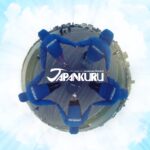



 >> Find out more at Japankuru.com! (link in bio)
#
>> Find out more at Japankuru.com! (link in bio)
#





 The Robot Restaurant is gone, but the Samurai Restaurant is here to take its place. Check it out, and don't forget your coupon!
The Robot Restaurant is gone, but the Samurai Restaurant is here to take its place. Check it out, and don't forget your coupon!
 신주쿠의 명소 로봇 레스토랑이 사무라이 레스토랑으로 부활! 절찬 쿠폰 발급중
신주쿠의 명소 로봇 레스토랑이 사무라이 레스토랑으로 부활! 절찬 쿠폰 발급중
 18歲以上才能入場的歌舞秀,和你想的不一樣!拿好優惠券去看看~
#tokyo #shinjuku #samurairestaurant #robotrestaurant #tokyotrip #도쿄여행 #신주쿠 #사무라이레스토랑 #이색체험 #할인이벤트 #歌舞伎町 #東京景點 #武士餐廳 #日本表演 #日本文化體驗 #japankuru #japantrip #japantravel #japanlovers #japan_of_insta
18歲以上才能入場的歌舞秀,和你想的不一樣!拿好優惠券去看看~
#tokyo #shinjuku #samurairestaurant #robotrestaurant #tokyotrip #도쿄여행 #신주쿠 #사무라이레스토랑 #이색체험 #할인이벤트 #歌舞伎町 #東京景點 #武士餐廳 #日本表演 #日本文化體驗 #japankuru #japantrip #japantravel #japanlovers #japan_of_insta
 코지마 x 빅 카메라 쿠폰으로 일본 가전 제품 쇼핑하기
#pr #japankuru #japanshopping #kojima #biccamera #japaneseskincare #yaman #dji #osmopocket3 #skincaredevice #日本購物 #美容儀 #相機 #雅萌 #日本家電 #일본여행 #면세 #여행꿀팁 #일본쇼핑리스트 #쿠폰 #일본쇼핑 #일본브랜드 #할인 #코지마 #빅카메라 #japankurucoupon
코지마 x 빅 카메라 쿠폰으로 일본 가전 제품 쇼핑하기
#pr #japankuru #japanshopping #kojima #biccamera #japaneseskincare #yaman #dji #osmopocket3 #skincaredevice #日本購物 #美容儀 #相機 #雅萌 #日本家電 #일본여행 #면세 #여행꿀팁 #일본쇼핑리스트 #쿠폰 #일본쇼핑 #일본브랜드 #할인 #코지마 #빅카메라 #japankurucoupon